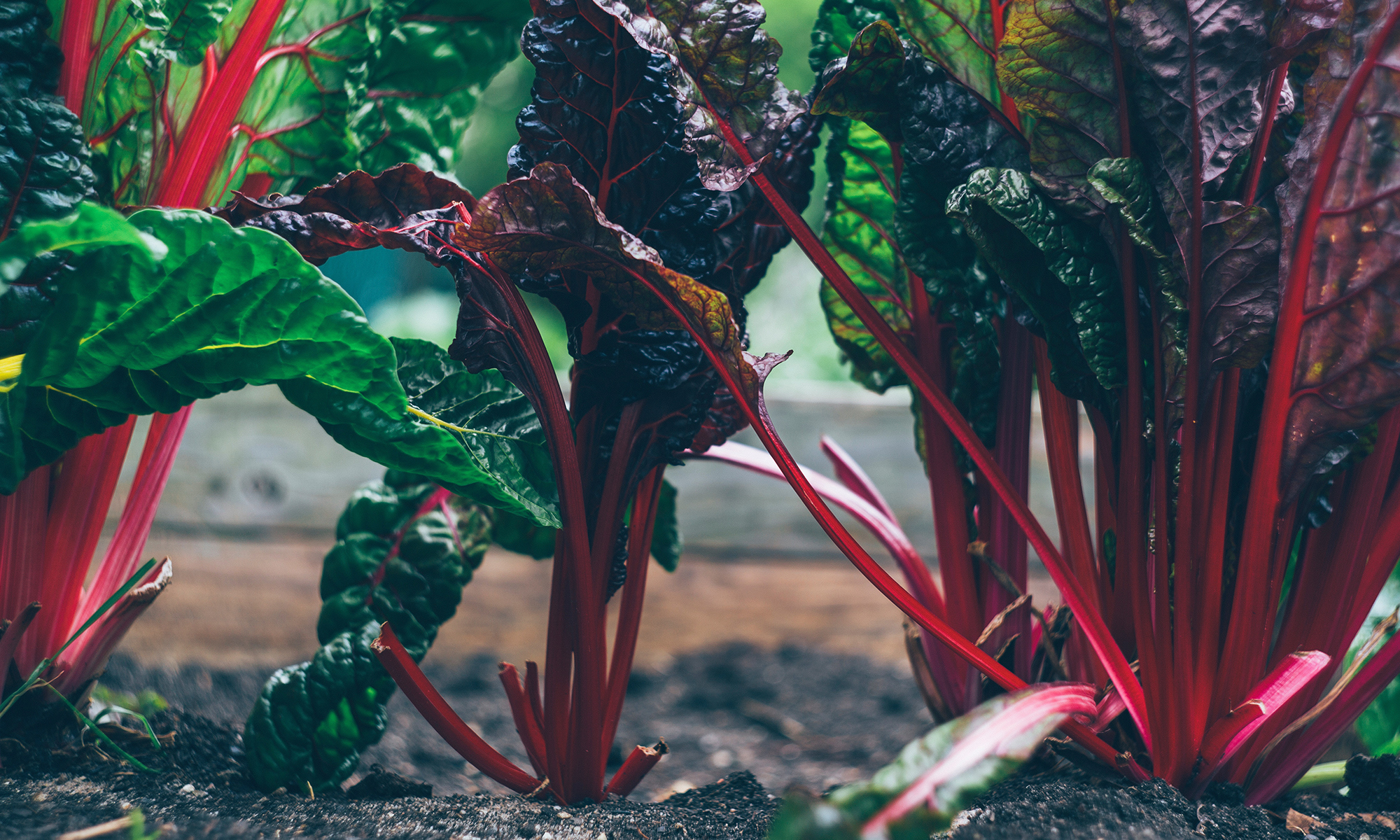Chick Peas, Garbanzo Beans, Ceci Beans…. The names vary, but the way they’re sold rarely does – dried; dried and then rehydrated in cans; or dried, rehydrated and pureed for hummus. For a few weeks every year, they are available fresh – slightly shriveled green peas encased in an almond shaped pod. Inspired by a lovely dish of scallops and fresh garbanzo beans at Lineage, I bought a pound to experiment at home.
Given the short season of availability of these little treats, the amount of information on the web is relatively limited. Most often (or so it seems) they are steamed or roasted and eaten like edamame at sushi bars. A few websites suggested eating them raw. Raw, they had a crunchy, starchy taste that suggested a brief cooking would enhance their flavor.
As I looked for culinary inspiration, I considered their prevalence in Mexican, MiddleEastern, Indian and North African Cuisine: warm climates around the globe. I opted for Moroccan flavors – riffing on a favorite Harrira Stew; further inspiration coming from the ramps that also looked beautiful.
Have you ever cooked with fresh chick peas?
Seared Sea Scallops with Fresh Chick Peas and Ramp Chermoula
1 pound fresh chick peas, shelled
2 tablespoons butter
1 bunch ramps
¼ cup fresh parsley, chopped
¼ cup fresh cilantro, chopped
¼ teaspoon cinnamon
1/8 teaspoon paprika
Pinch of saffron
3 tablespoons olive oil
1 pound sea scallops
1 tablespoon canola oil
Lemon juice
1 blood orange, sectioned
Salt and pepper to taste
- In a large skillet, sauté the chick peas in the butter for 3 – 4 minutes, until they are bright green. Season with salt and pepper and set aside.
- Chop the stems of the ramps; set aside the leaves. Mix the ramp stems with the parsley, cilantro, cinnamon, paprika, saffron and olive oil. Season with salt and pepper. Set aside.
- Remove and discard the tough, small muscle that’s attached to the side of the scallop. Season the scallops with salt and pepper.
- Heat a large skillet over high heat. Add the oil. Sear the scallops for 3 – 4 minutes until they turn a crispy golden brown. Turn over, and cook for 1 minute more. Remove from pan. To the pan, add the ramp leaves and cook just for a minute until they wilt slightly.
- Just before serving, season the chermoula with lemon juice.
- Serve the scallops with the chermoula, blood orange ramps and chick peas.
